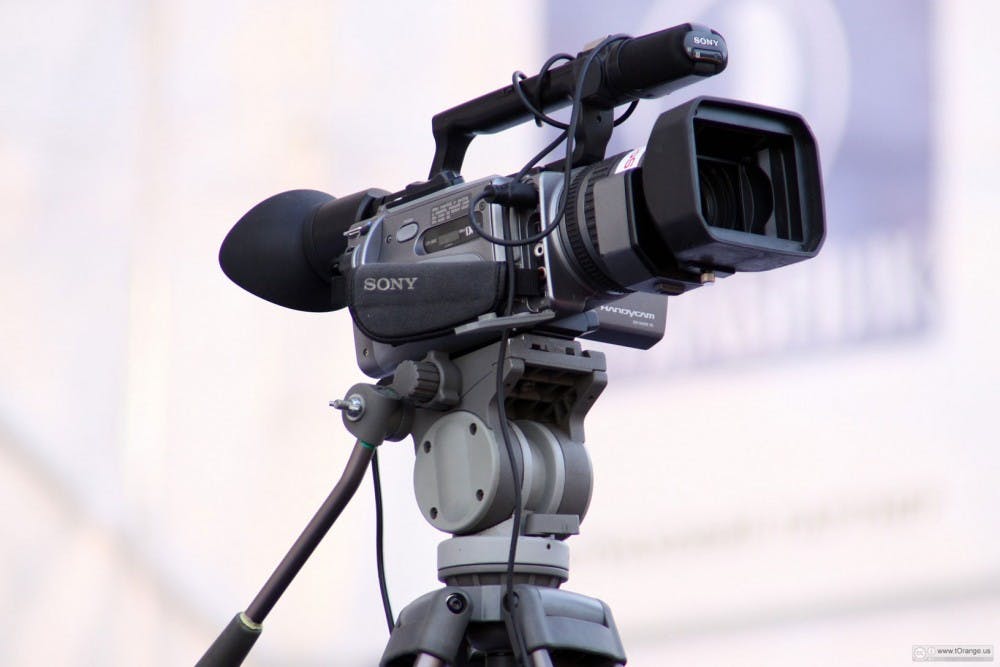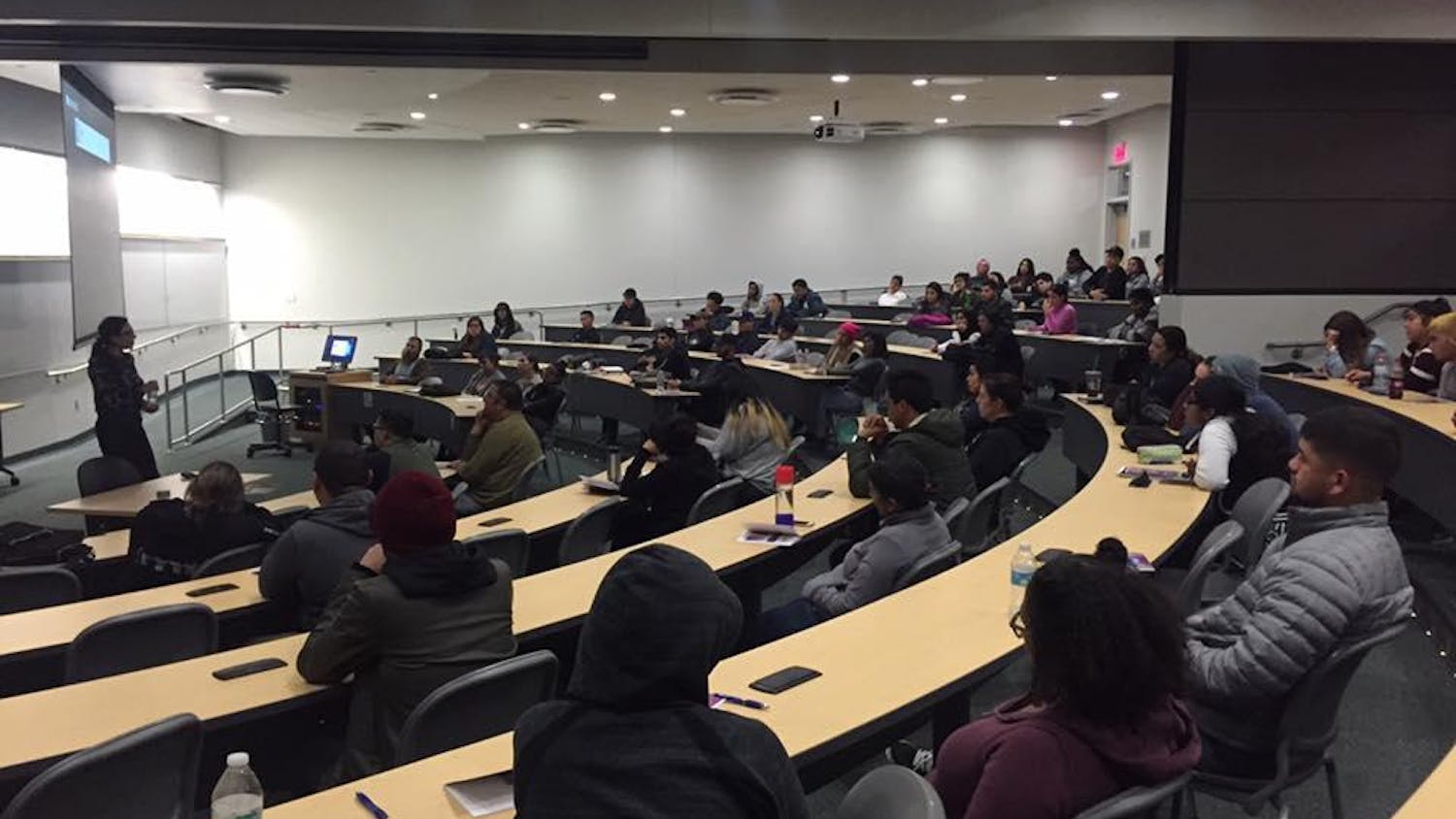By Helen Wilbers | Copy Chief
Aug. 26, Moneta, West Virginia. Alison Parker, a reporter for local news station WDBJ, stood interviewing businesswoman Vicki Gardner. Adam Ward manned the camera, unseen. Suddenly, gunshots-eight of them.
The camera toppled as the two women sprinted away, but as it fell, it showed a glimpse of a man holding a handgun: the shooter, Bryce Williams, a former employee of the station. WDBJ's viewers sat confused and horrified as the scene unfolded live on their television screens.
Word of the killings spread and news networks across the world were faced with covering a highly personal tragedy. As a whole, they did it with a thoughtfulness and tact that should be exercised in coverage of all tragedies.
Networks immediately showed signs of caution. The WDBJ footage aired hourly on CNN until midday, but other major news networks such as MSNBC and Fox News refrained from broadcasting the video entirely. This was the first phase of coverage.
Reporters filled in the background as the story became clear: the second phase. The killer contacted ABC News and faxed them a manifesto detailing his reasoning; ABC printed excerpts and scanned images of the document. News outlets ran profiles detailing William's feelings of ostracism. He wasn't the only one getting screen time, however. The BBC and other news sources also profiled the victims and their families.
And then began the third, most interesting phase, almost as extensive as the coverage of the shooting itself: Reflections on how and why news outlets chose to cover the shootings, the shooter and the victims the way they did.
Critics accused CNN of sensationalizing the murders by broadcasting the footage, and angry letters condemned NPR for playing audio clips.
Articles blasted ABC for publishing excerpts from Williams' manifesto, pointing to Williams' praise of mass murders such as the Virginia Tech shooter. Williams, they said, clearly wanted similar notoriety for himself, and publicizing his twisted reasons might fuel similar disgruntled people to become copycat murderers.
It was not, however, a one-sided conversation. News outlets wrote about how difficult it is to cover the deaths of people within your own industry. There were articles responding to the aforementioned angry letters, some justifying and others apologizing for the ways the networks covered the story.
In other words, both those creating and those consuming the news thought about the way coverage shapes stories and how they are remembered.
But this isn't the case with every story. News coverage often tells one side of the story, or at least presents a clear agenda.
For example, FOX News has relentlessly portrayed Kim Davis as a woman standing up for her religious rights, rather than, say, an elected official refusing to perform a service of her office. Stories of police brutality tend to focus on the dead and what they were doing that led them to be shot, choked, or bounced around in the back of a police transport, with an undertone of "they had it coming."
Other times, outlets chase drama-whatever draws the most clicks. In the wake of the Boston Marathon bombing, news outlets drew criticism for their slideshows full of gruesome images. After the Aurora and Fort Hood shootings, the media focused on the unhinged gunmen rather than the victims, giving criminals the sort of exposure Williams clearly craved when he shot his former colleagues.
No reporting is entirely unbiased, and the way tragedies are covered affects how those listening react to and remember the events. I'd encourage those reading this piece to think about why reporters choose the angles they do; why news outlets include certain details but omit others; why some stories fall into obscurity immediately but others erupt.
This example of fair, thoughtful coverage provides a rare glimpse into the workings behind the news. We should learn from it and become more thoughtful and critical consumers. Let's also hope the media's treatment of the Virginia shootings is a harbinger of more transparent and careful coverage of future tragedies.





